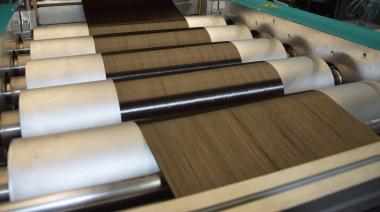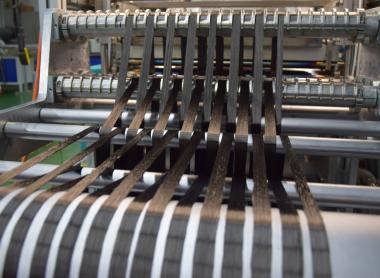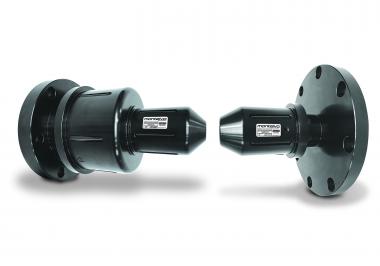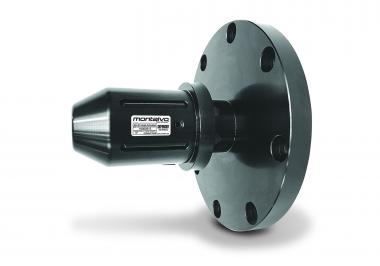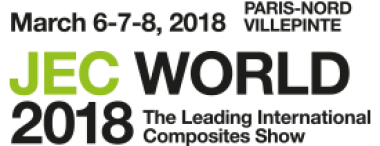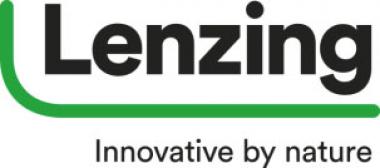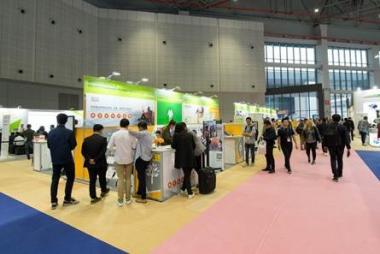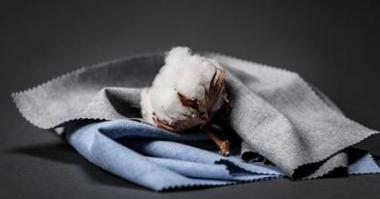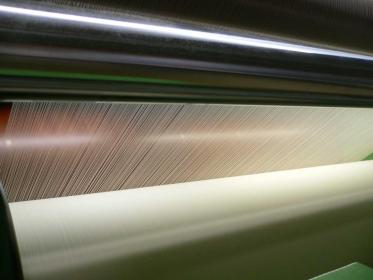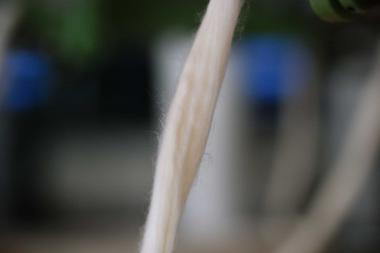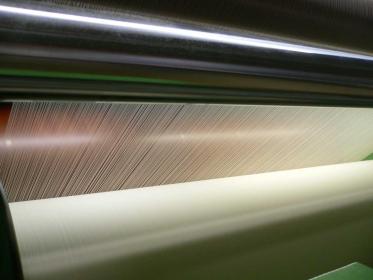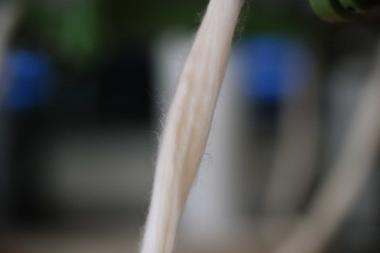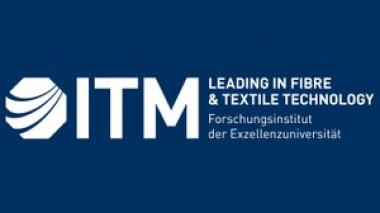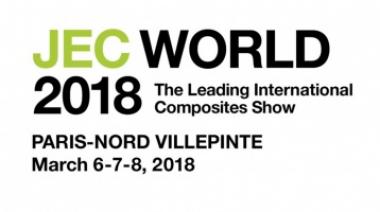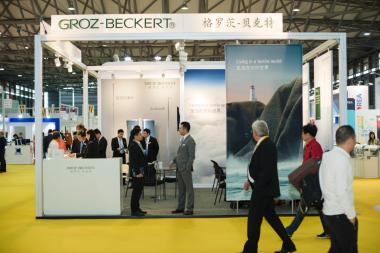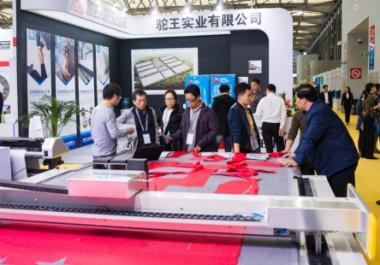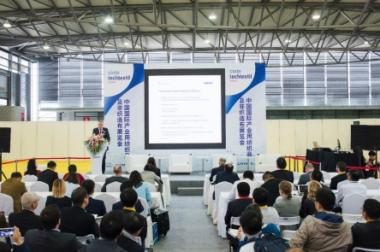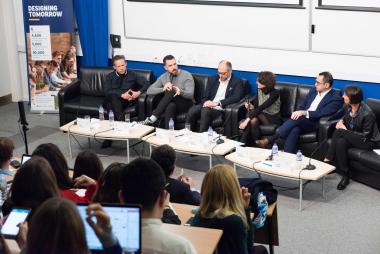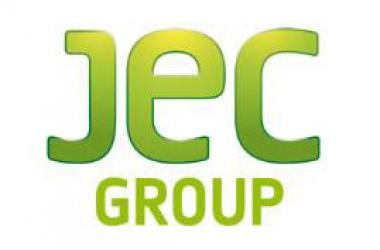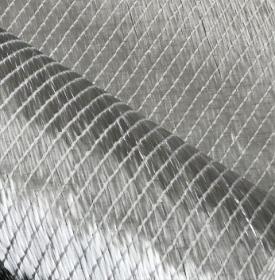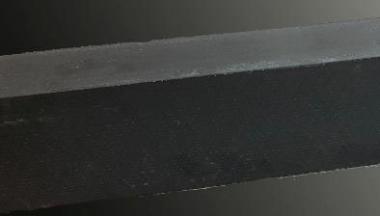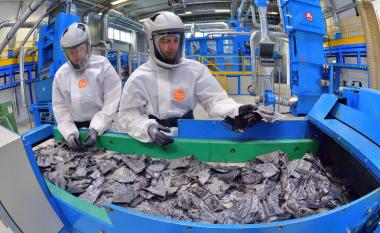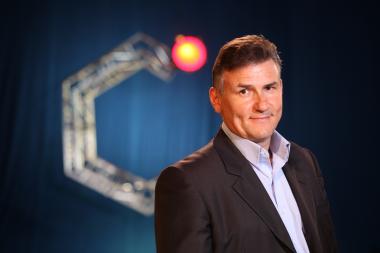16. Chemnitzer Textiltechnik-Tagung: „Technologievorsprung durch Textiltechnik“
Die Veranstalter haben ein interessantes Programm für die 16. Chemnitzer Textiltechnik-Tagung (CTT) am 28. und 29. Mai 2018 zusammengestellt und laden zu zwei spannenden Tagen mit vielseitigen Beiträgen, intensivem Erfahrungsaustausch und guten Gesprächen ein.
Unter dem Motto „Technologievorsprung durch Textiltechnik“ stellen Referenten aus Industrie und Wissenschaft aktuelle Entwicklungen und Innovationen aus den Schlüsseltechnologien Textiltechnik und Textilmaschinenbau vor. Im Plenarteil dreht sich alles um Industrie 4.0 in der Textilindustrie, die sächsische Industrieforschung sowie Leichtbauanwendungen im Schienenfahrzeugbau der Zukunft. Die besonderen Herausforderungen bei der Fertigung von Faserkunststoffverbunden sind ein Schwerpunkt der Fachvorträge an beiden Tagen.
„Die Chemnitzer Textiltagung ist seit nunmehr über 25 Jahren eine feste Größe im Veranstaltungskalender und ein namhaftes Branchentreffen von Textiltechnikern und Textilmaschinenbauern. Aktuelle Entwicklungen und Innovationen auf den Gebieten Textiltechnik und Textilmaschinenbau sind die Kernthemen dieser Tagung. Ein zunehmend bedeutender Forschungsbereich ist die Flexibilisierung und Verkürzung der Prozesskette bei der Herstellung textiler Preforms für faserverstärkte Kunststoffe. Ziel ist die kostengünstige, ressourceneffiziente Herstellung von zwei- und dreidimensionalen textilen Halbzeugen. Dies stellt heute eine der größten Herausforderungen bei der Fertigung von Faserkunststoffverbunden dar, um im Wettbewerb der Werkstoffe auch wirtschaftlich die Vorteile gegenüber metallischen Werkstoffen ausspielen zu können“, erläutert Prof. Dr.-Ing. Holger Cebulla, Vorsitzender des Fördervereins Cetex e.V. und Leiter der Professur „Textile Technologien“ der TU Chemnitz.
Alle Informationen gibt es unter https://www.chemtextiles.de. Besucher können sich direkt online anmelden.
Chemnitzer Textiltechnik-Tagung
Cetex Institut für Textil- und Verarbeitungsmaschinen gemeinnützige GmbH


